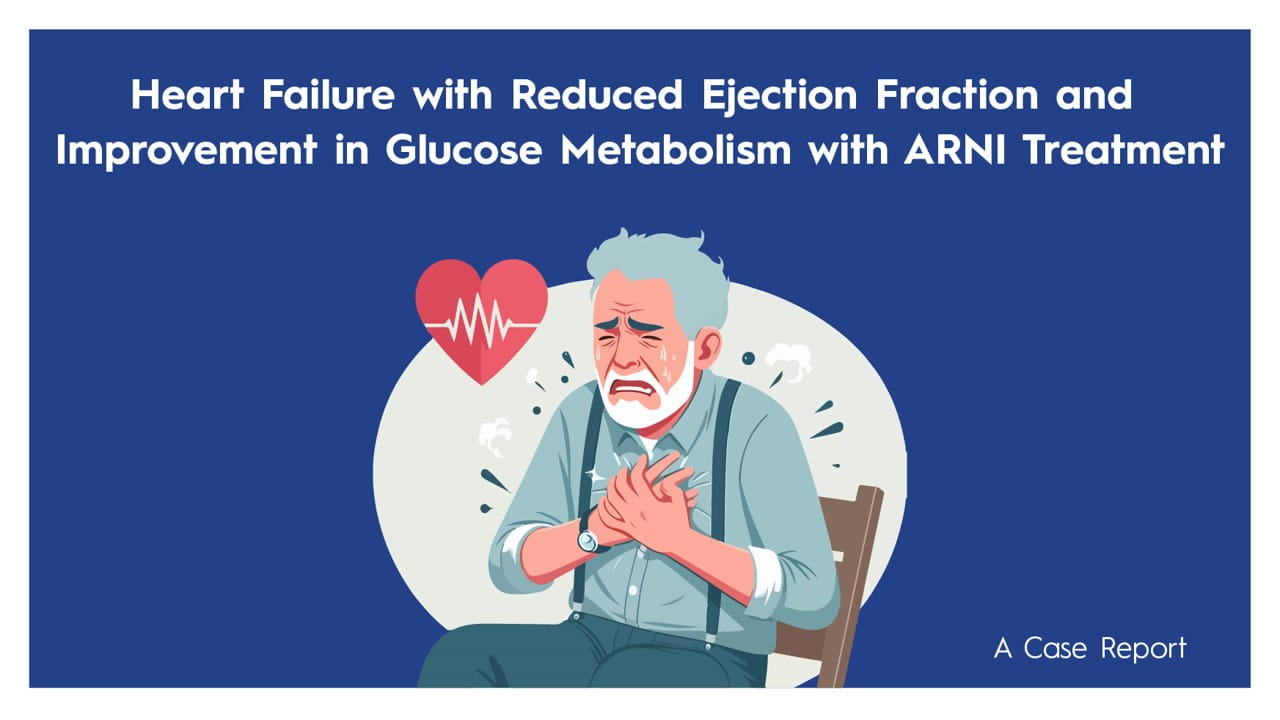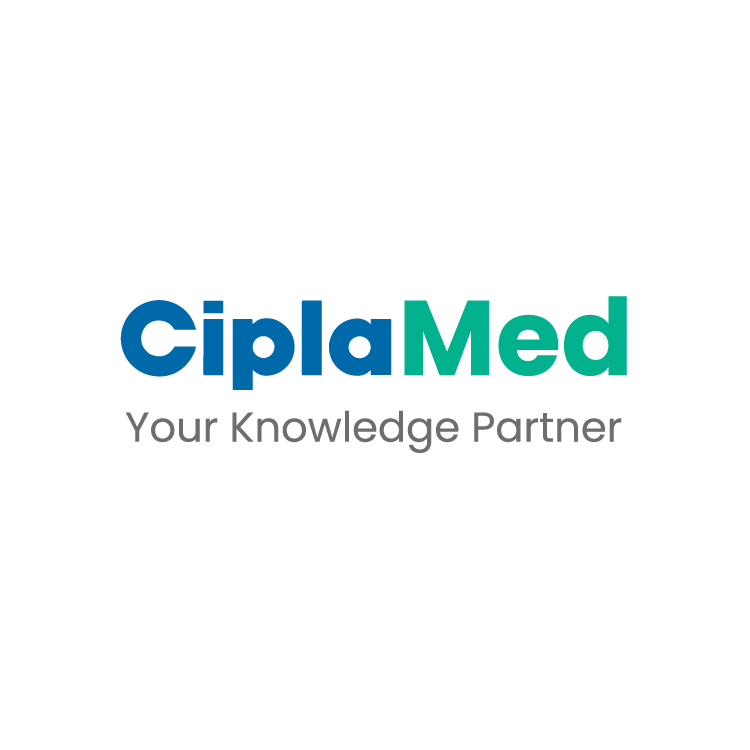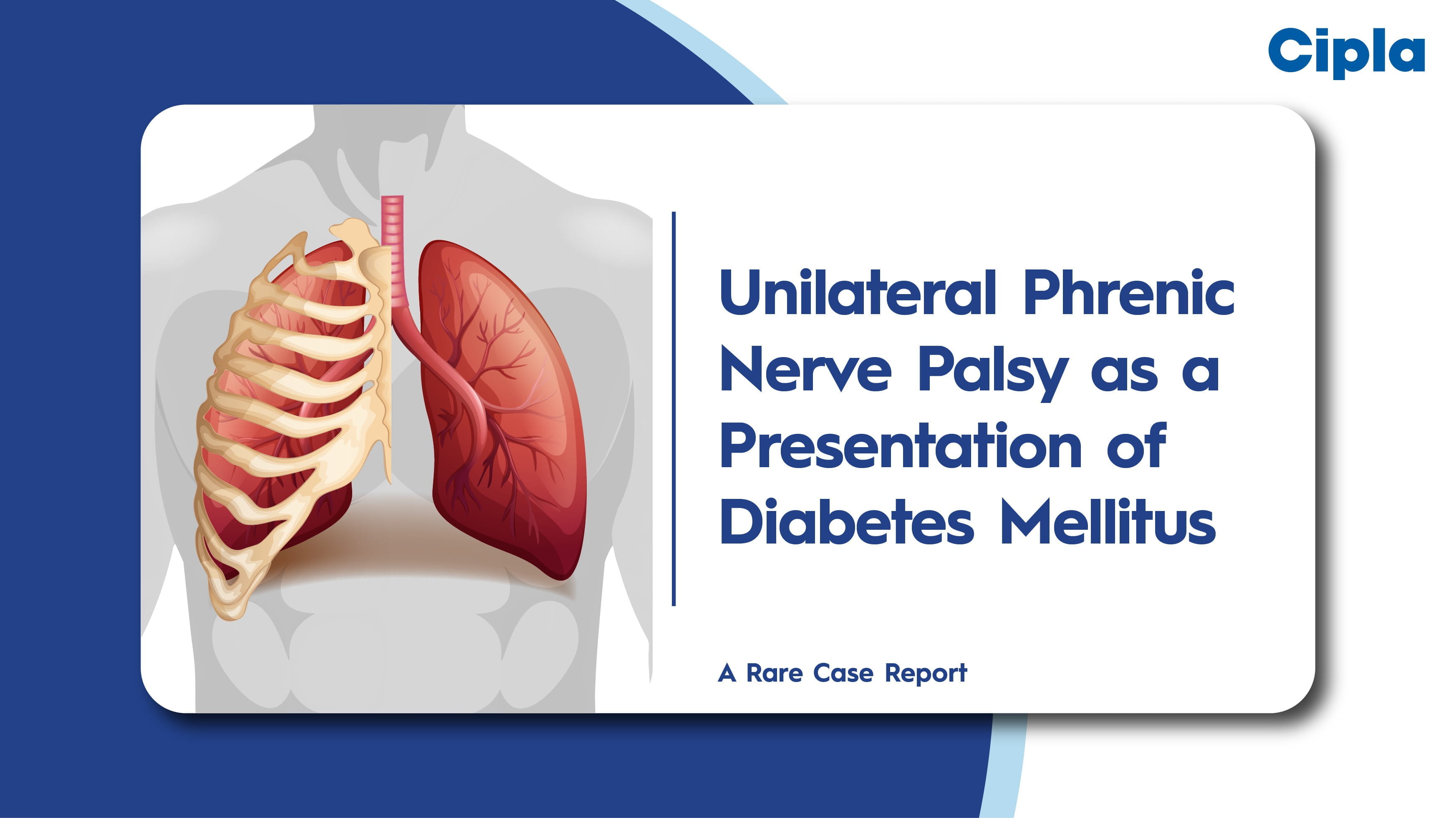Introduction:
The INHALE-3 trial (N=123) showed that HbA1c levels achieved with the TI-degludec regimen were non-inferior to usual care [Automated Insulin Delivery (AID) or Multiple Daily Injections of insulin (MDI)]. While no between-group differences were noted in patient-reported outcome (PROs), this analysis assessed changes in PROs among those with ≥0.5% HbA1c improvement vs. ≥0.5% HbA1c worsening post-switch to TI-degludec.
Methods:
Participants completed validated surveys at baseline and 13–17 weeks post-initiation of TI-degludec:
- Diabetes Distress Scale (DDS-17): Higher = more distress
- Hypoglycemia Confidence Scale (HCS): Higher = more confidence
- Diabetes Constraints Scale (DCS): Higher = more constraints
- Insulin Treatment Satisfaction Questionnaire (ITSQ): Higher = more satisfaction
Results:
- HbA1c Improved ≥0.5%: n=33
- HbA1c Worsened ≥0.5%: n=24
- Compare to cohort with HbA1c worsened, a cohort with HbA1c improved had:
- Higher baseline distress (DDS), Higher constraints (DCS), Lower satisfaction (ITSQ) at baseline
- Greater improvements across all PROs
Key Patient-Reported Outcomes Table:
|
Measure (Higher score =) |
Group |
Baseline Score |
Change from Baseline |
|
Diabetes Distress Scale (DDS) |
HbA1c Improved |
1.76 ± 0.57 |
−0.10 ± 0.39 |
|
HbA1c Worsened |
1.68 ± 0.55 |
0.02 ± 0.35 |
|
|
Eating Distress |
Improved |
2.29 ± 1.03 |
−0.17 ± 0.78 |
|
Worsened |
2.08 ± 1.00 |
−0.07 ± 0.55 |
|
|
Friend/Family Distress |
Improved |
1.55 ± 0.61 |
−0.04 ± 0.56 |
|
Worsened |
1.67 ± 0.71 |
−0.16 ± 0.65 |
|
|
Hypoglycemia Distress |
Improved |
1.57 ± 0.64 |
−0.05 ± 0.47 |
|
Worsened |
1.55 ± 0.60 |
−0.01 ± 0.42 |
|
|
Management Distress |
Improved |
1.80 ± 0.73 |
−0.19 ± 0.65 |
|
Worsened |
1.45 ± 0.46 |
0.03 ± 0.43 |
|
|
Physician Distress |
Improved |
1.20 ± 0.46 |
−0.14 ± 0.30 |
|
Worsened |
1.10 ± 0.25 |
0.02 ± 0.22 |
|
|
Powerlessness |
Improved |
2.36 ± 1.17 |
−0.20 ± 0.90 |
|
Worsened |
2.27 ± 1.09 |
0.17 ± 0.91 |
|
|
Negative Social Perception |
Improved |
1.53 ± 0.59 |
0.02 ± 0.50 |
|
Worsened |
1.47 ± 0.71 |
−0.01 ± 0.45 |
|
|
Hypoglycemia Confidence Scale (HCS) |
Improved |
3.34 ± 0.52 |
0.05 ± 0.59 |
|
Worsened |
3.34 ± 0.56 |
0.03 ± 0.38 |
|
|
Diabetes Constraints Scale (DCS) |
Improved |
2.71 ± 1.26 |
−0.72 ± 1.01 |
|
Worsened |
2.10 ± 1.03 |
−0.01 ± 0.50 |
|
|
Insulin Treatment Satisfaction Questionnaire (ITSQ) |
Improved |
70.3 ± 18.1 |
9.6 ± 20.2 |
|
Worsened |
76.7 ± 17.1 |
−3.8 ± 13.9 |
|
|
Glycemic Control |
Improved |
59.9 ± 25.3 |
20.5 ± 28.7 |
|
Worsened |
67.6 ± 22.2 |
−8.3 ± 25.3 |
|
|
Hypoglycemia Control |
Improved |
75.7 ± 18.8 |
5.9 ± 17.5 |
|
Worsened |
79.2 ± 17.4 |
−1.9 ± 16.4 |
|
|
Convenience of Regimen |
Improved |
70.1 ± 20.3 |
9.9 ± 23.1 |
|
Worsened |
71.4 ± 21.4 |
−3.1 ± 16.7 |
|
|
Lifestyle Flexibility |
Improved |
65.8 ± 23.4 |
8.9 ± 23.3 |
|
Worsened |
68.1 ± 25.8 |
3.9 ± 18.9 |
Conclusion:
Participants with poorer baseline glycemic control and greater dissatisfaction/distress experienced greater improvements in both HbA1c and PROs after switching to the TI-degludec regimen. This may reflect a greater openness or responsiveness to change in insulin delivery strategies.
ADA 2025, 20-23 June, Chicago




